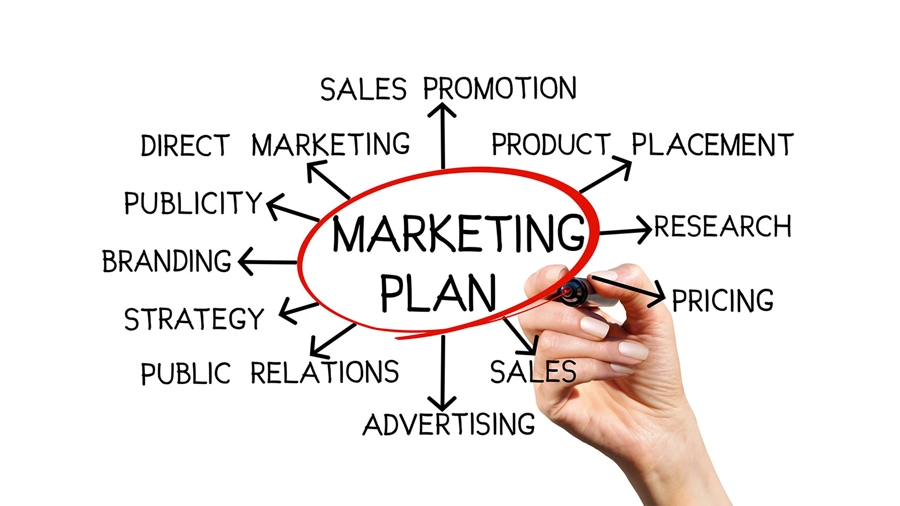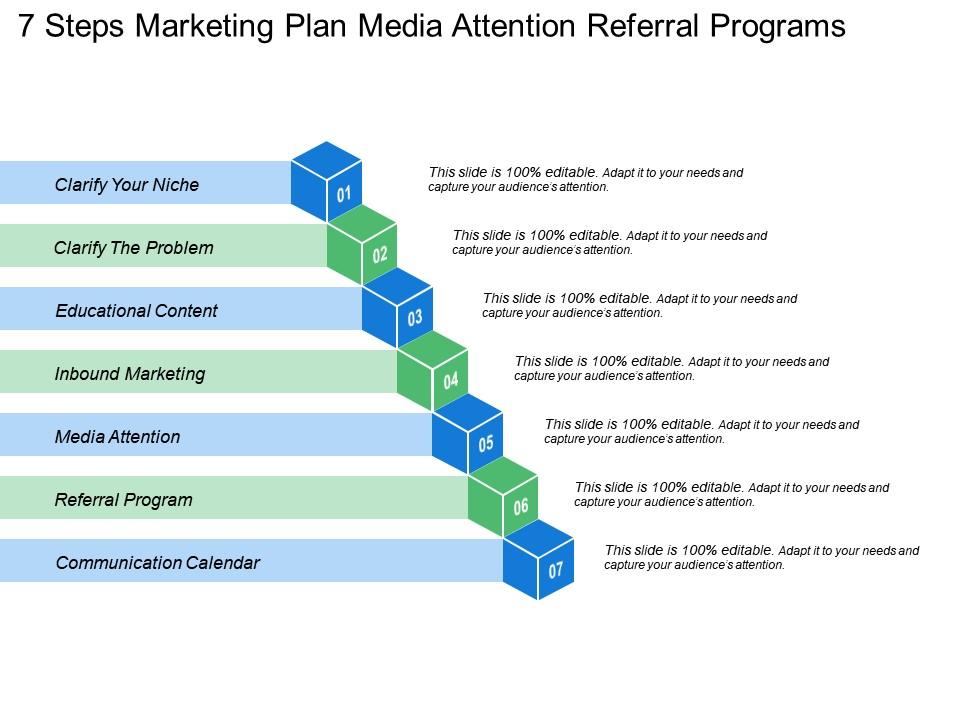Post map
TogglePlanning a marketing strategy to introduce a new product, service, or solution to the market is a crucial step that determines the success or failure of your sales efforts. But how do you create an effective product marketing plan? In the article below, Optimal FB will share 7 steps of a marketing plan.
What is a marketing plan?
A marketing plan is communicating information and benefits of a business’s product to customers through advertising channels such as social media, newspapers, and other tools. A marketing plan typically includes key elements such as objectives, tasks, market analysis, business development, target market, advertising strategies, budget, costs, and execution timeline.
What is the purpose of a marketing plan?
The role of a marketing plan that businesses need to understand includes:
- All employees in the company act in the same direction in marketing activities.
- Operational goals are clearly described, along with the ways to achieve those goals.
- Identifying and meeting consumer needs by providing the right product at the right time and place.
- Understanding the costs and budget invested in marketing activities helps minimize risks.
- Strict control over the marketing execution process allows for flexible responses to changes in the business environment.
- Small businesses also have the opportunity to compete with larger competitors through differentiation and creativity, with ideas described in detail.

What are the 7 steps of a marketing plan?
Without a marketing plan, businesses will have to experiment to determine which methods are suitable. This leads to costly expenses, time, and resources. Therefore, to plan a marketing campaign, you can follow these steps:
Step 1: Pre-plan for the marketing campaign
While a marketing strategy provides an overview of resources and annual goals, a marketing plan includes specific steps to execute this strategy. A proper plan will help you budget annually, identify issues the marketing team needs to address, and choose suitable communication channels to convey your message. Moreover, a marketing plan links resources and costs, helping you achieve the company’s overall objectives.
Step 2: Detail information about the target customer
Identifying the customer persona is a critical part of the marketing strategy. If you can’t summarize your target audience into a descriptive statement, it’s time to focus on this. For example, Macy’s might identify their target customer as a 30-year-old woman who loves fashion, lives in the suburbs, and is looking for affordable fashion stores. With this description, Macy’s marketing team can better understand their target customer. A customer persona should include basic information such as age, occupation, income, location, interests, and their concerns.
Step 3: Set goals for the marketing plan
The goals of the marketing strategy should reflect the business’s goals. For example, goals could include increasing brand awareness or generating high-quality leads. Additionally, businesses might focus on developing or maintaining the brand’s position in the industry, as well as enhancing customer value. Clearly defining these goals lays the foundation for the marketing department to shape strategies and carry out activities for the coming year.
Step 4: Use analytical tools
After setting goals, it’s essential to ensure the business has the right tools to measure these goals in the marketing strategy. Online tools like HubSpot Marketing Hub, Trello, TrueNorth, Monday.com, etc., provide analytics data and support users in tracking content that customers like and dislike. Additionally, tools like Google Analytics can measure the performance of blog posts and websites. This helps the business understand how customers interact with their content and make necessary adjustments to optimize the marketing strategy.
Step 5: Evaluate and choose communication channels
In executing the marketing strategy, businesses need to consider existing communication channels, which include three main groups: Paid media, Owned media, and Earned media.
- Paid media: These are channels that require payment to attract target customers. They include offline channels like TV, direct mail, and billboards, as well as online channels like social media, search engines, and websites.
- Owned media: These are all the channels created by the marketing department, including images, videos, podcasts, ebooks, infographics, and more.
- Earned media: Simply understood as user-generated content. Examples include social media shares, tweets about the business, or Instagram posts tagging the brand.
Businesses need to focus on compiling content for each type of media to clarify the vision of available resources and how to combine them to optimize the strategy. At the same time, remove content that does not align with the business’s goals.
Step 6: Create attractive content for the marketing campaign
Businesses need to identify which types of content will be effective in the marketing strategy. Focus on owned media and specific goals in the marketing strategy. For example, updating CTAs at the end of a blog post can help increase event registrations. The next step is to build a content creation plan. This plan should include topic clusters, goals, formats, and suitable channels for each type of content. Ensure that the content created addresses the customers’ problems.
Step 7: Implement the strategy
At this step, businesses need to conduct market research and create an execution plan that helps the marketing team visualize the specific implementation steps and identify which team will handle each part of the work. Focus on allocating appropriate resources for each part of the plan.
To summarize, businesses need to combine all necessary steps to execute the campaign into a single strategic execution plan. A marketing strategy requires foresight, spanning up to 12 months, where each month is a step towards achieving the larger goal of the strategy. What differentiates a business is its digital marketing strategy. For a specific plan, businesses need to prepare thoroughly.

In the above article, Optimal FB hopes you can understand the definition, purposes of the marketing plan. Thereby, creating an effective marketing plan contributing to the success of the business’s promotional strategy.
Contact Info
Are you in need of Facebook advertising or need to rent a quality Facebook advertising account? Don’t worry! Optimal FB is a unit specializing in providing reputable Facebook accounts, as well as direct advertising support. Provides all types of advertising accounts such as casino ads on facebook to help you reach and create fast conversions.
FAQ
A marketing plan template is a specific summary of how a business or organization will approach the market and market its products, services, or brand. It includes objectives, methods, strategies, and specific action plans to achieve business goals. This template helps to shape a structured and logical marketing strategy, from market research to the implementation of specific marketing campaigns.
Developing a marketing strategy for a product is a crucial process to shape and drive the success of the product in the market. First, thorough research on the market and the target customer is essential. Next, set specific goals you want to achieve with that product. Then, analyze the competition and create a competitive advantage for your product. Identify suitable marketing channels such as social media advertising, email marketing, or online advertising campaigns. Finally, evaluate and adjust the strategy based on data and feedback from the market.


